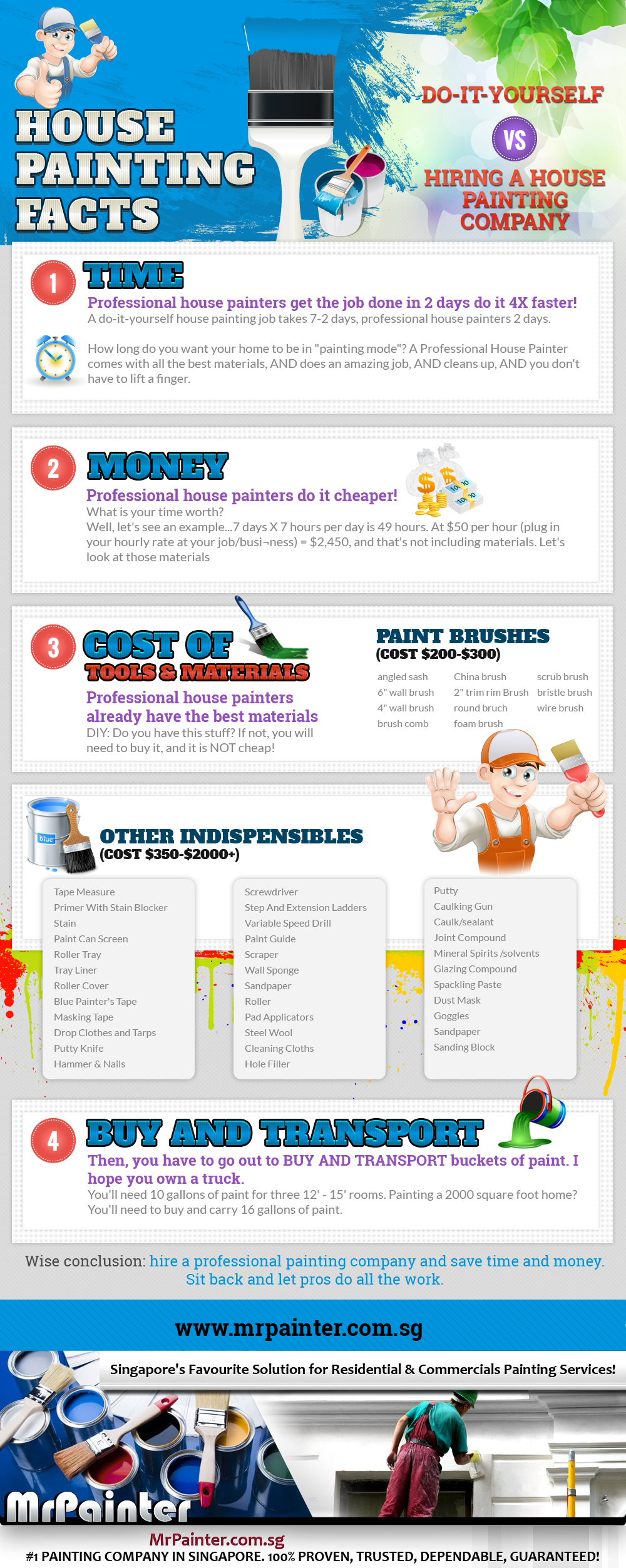Essential Seasonal Aspects Of Commercial Outside Paint: What You Should Recognize
Essential Seasonal Aspects Of Commercial Outside Paint: What You Should Recognize
Blog Article
Web Content Produce By-Carlson Whalen
When you're preparing a business exterior painting job, seasonal aspects can make or break your outcomes. You'll wish to think about how temperature level and humidity impact paint application and drying out times. Choosing the right season can ensure your paint sticks effectively and lasts longer. However which seasons are truly the most effective for this kind of job? Let's explore the crucial elements that can affect your project's success.
The Influence of Temperature Level on Paint Application
When you're planning a business outside painting job, the temperature can considerably impact how well the paint sticks and dries out.
Ideally, you wish to repaint when temperatures range in between 50 ° F and 85 ° F. If it's too cool, the paint may not heal properly, leading to problems like peeling off or splitting.
On the other hand, if it's also warm, the paint can dry out also swiftly, stopping proper bond and leading to an unequal finish.
You must also take into consideration the moment of day; early morning or late afternoon provides cooler temperature levels, which can be more favorable.
Constantly check the supplier's suggestions for the particular paint you're utilizing, as they often supply guidance on the excellent temperature level variety for optimal results.
Moisture and Its Effect on Drying Times
Temperature level isn't the only environmental factor that affects your business external paint task; humidity plays a significant duty too. High humidity degrees can slow down drying times considerably, impacting the general top quality of your paint task.
When the air is filled with wetness, the paint takes longer to heal, which can result in issues like inadequate adhesion and a greater risk of mildew development. If you're painting on a specifically damp day, be gotten ready for prolonged wait times in between coats.
It's crucial to keep an eye on local weather conditions and strategy as necessary. Ideally, go for moisture degrees in between 40% and 70% for ideal drying out.
Keeping these consider mind guarantees your job stays on track and delivers a long-term surface.
Best Seasons for Commercial Exterior Painting Projects
What's the very best time of year for your commercial external paint tasks?
Springtime and very early loss are generally your best bets. During visit site , temperature levels are moderate, and humidity levels are often reduced, producing ideal problems for paint application and drying.
Prevent summer's intense heat, which can trigger paint to dry as well quickly, bring about poor attachment and surface. In a similar way, wintertime's cool temperature levels can hinder appropriate drying and treating, risking the durability of your paint job.
Aim for days with temperature levels in between 50 ° F and 85 ° F for optimum outcomes. Keep in mind to check the regional weather prediction for rain, as damp problems can destroy your job.
Preparation around these factors guarantees your painting job runs efficiently and lasts longer.
Conclusion
To conclude, intending your industrial external paint projects around seasonal factors to consider can make a significant difference in the result. By organizing job throughout the perfect temperatures and moisture levels, you'll make certain better bond and drying times. Bear in mind to keep an eye on neighborhood weather forecasts and select the correct time of year-- spring and very early autumn are your best options. Taking Read the Full Document will help you accomplish a resilient and professional finish that lasts.
